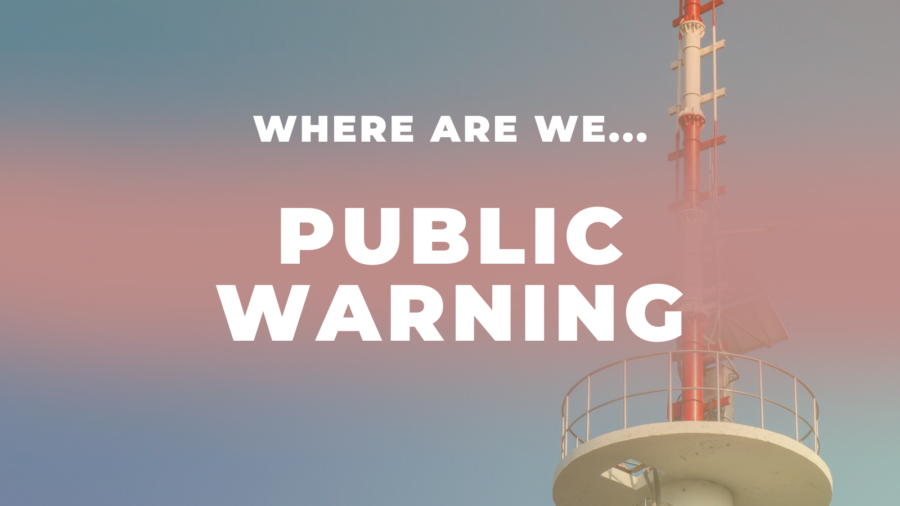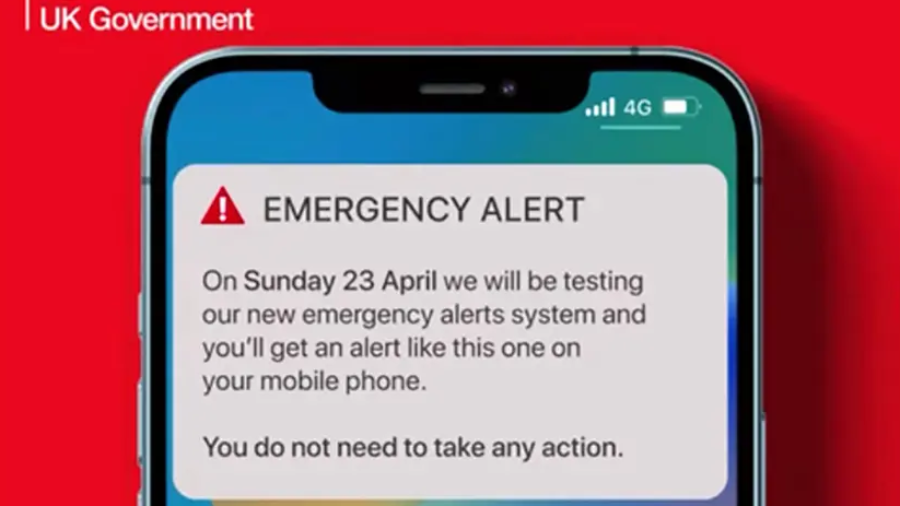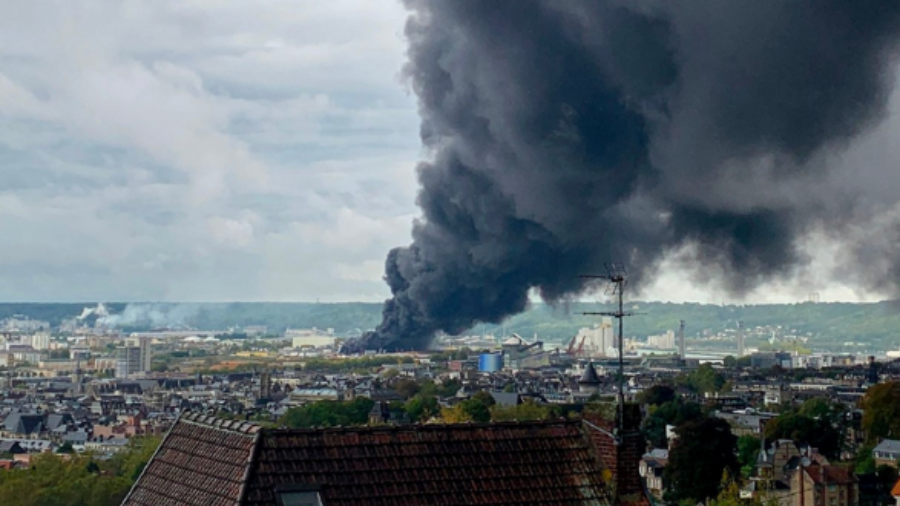It has already been proven that early warning systems significantly reduce the cost, and human loss of life, caused by natural hazards and disasters. But there is a growing problem that can render both sirens and traditional telecommunication methods ineffective: when a natural disaster destroys the physical infrastructure.
Where Are We… With Public Warning?
In this new series of blogs, we explore the state of play with the main topics in public safety. With rapidly evolving legislation, different stages of implementation across Europe and beyond, it can be difficult to keep up. Where are we in terms of deployment, EU legislation, EENA’s work on the topic and future updates? These blogs will be a one-stop guide for everything you need to know on the current state of the most important topics in public safety. Today, we cover public warning.
The End Isn’t Nigh: Why there is Nothing to Fear About Public Warning Systems
In a rapidly-changing world, the need to quickly alert the population of ongoing crises or imminent threats becomes more necessary each day. Recent terrorist attacks, natural disasters and health crises such as the COVID-19 pandemic have highlighted the need for an efficient and reliable public warning system.
FR-Alert, a European reference combining Cell Broadcast and Location-Based SMS
In the event of an ongoing or imminent danger, FR-Alert enables the Ministry of Interior and the prefectures to broadcast targeted and contextualised warning messages very quickly to the population’s mobile phones.
8 recommendations to get the most out of Public Warning Systems
Here were are! Today is the deadline for the 3,5-year long-period for the Member States of the European Union to deploy telephone-based public warning systems. However, public authorities should not limit themselves only to the legal mandate but rather make sure to get the best possible system to alert their population.





